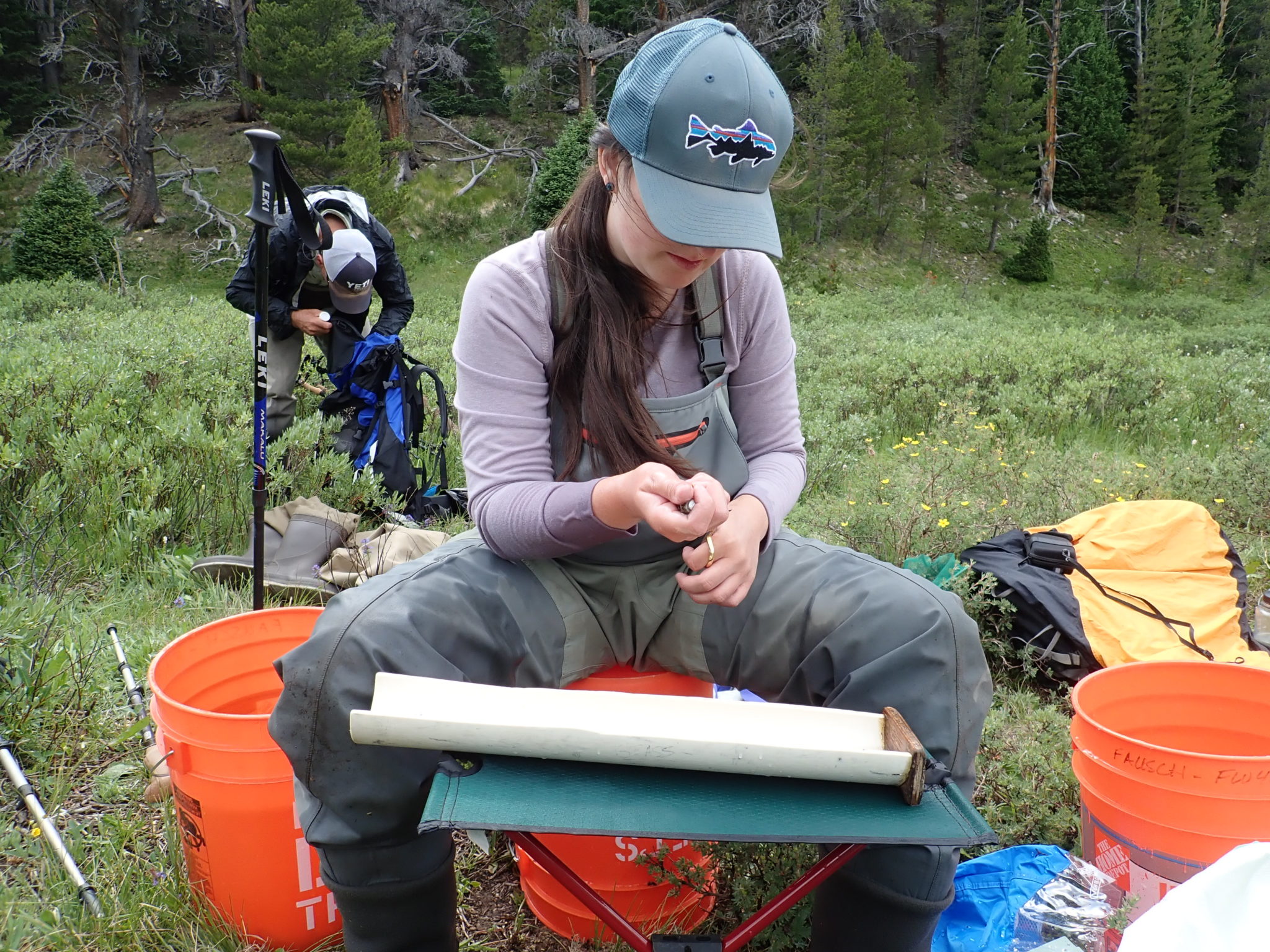Article Roundup
fodder for future small talk, anecdotes for anglers

October 2025
None of these topics feel like big articles, instead I've compiled a list fishy/sciency/conservationy links from around the web.
From Alpine to Aquifer: Stoneflies in Strange Places (U.S. National Park Service)
This is a short video showing Aquatic Entomologist Joe Giersch searching for rare alpine stoneflies in Glacier National Park. An <span><a href=https://youtu.be/f1wBvzRiCZg>Audio Described</a></span> version of this video is also available.

- Stoneflies in Strange Places: Scientists found stoneflies living underground in aquifers in Glacier National Park. Initially this seems like a place you wouldn't expect, but considering stoneflies like cold, clean water, maybe it's not all that surprisingly after all.
CSU study finds interbasin water transfers challenge native trout conservation - Warner College of Natural Resources
A study out of Colorado State University in conjunction with the U.S. Geological Survey and U.S. Forest Service is one of the first to use genetics to understand how interbasin water transfers affect connectivity between previously isolated watersheds and how that connectivity can impact trout diversity.

- CSU study finds interbasin water transfers challenge native trout conservation: People need water, but water doesn't always collect in sufficient quantities where people live. As a result, water gets moved around, sometimes even across natural boundaries. These interbasin water transfers have implication for cutthroat conservation efforts. Based on genetic evidence, ditches moving water between basins reconnected otherwise isolated trout populations. Before artificial water movement, you'd expect two distinct genetic lineages of trout on either side of a mountain. After the diversion, genes across the natural boundary were more related than expected.
From the article, “Grand Ditch could allow fish that are not greenback cutthroat trout to move into the project area and hybridize with these [other] fish. It signals a big problem when the conservation goal is to maintain genetic integrity. Grand Ditch would also allow greenback cutthroat trout colonize streams on the western side of the Continental Divide, to which they are not native.... we saw that fish from the Grand Ditch looked genetically similar to the fish on the eastern side of the Continental Divide, showing movement and hybridization.”

- You might not know about the Giant Water Bug: Until I saw one for myself while sampling macroinvertebrates on a small northern Utah creek, I didn't know that these toe biters were lurking amongst river rocks either. If you're fishing the Northern Rocky Mountains, you probably should be aware of them too. Especially if you like wet wading in open toed shoes.
High-income groups disproportionately contribute to climate extremes worldwide - Nature Climate Change
While climate injustice is widely recognized, a quantification of how emissions inequality translates into unequal accountability is still lacking. Here researchers examine how affluent groups disproportionately contribute to the increase in mean temperature and the frequency of extreme events.

- Ending on a downer: High-income groups disproportionately contribute to climate extremes worldwide. From the Nature publication, "...the wealthiest 10% and 1% contributed over 7 and 25 times more than the global average to the increase in frequency of pre-industrial 1-in-100-year heat extremes during months with peak summer temperatures." Keep in mind this study only demonstrates a correlative relationship, not a causative link. Here's another quote: "two-thirds (one-fifth) of warming is attributable to the wealthiest 10% (1%)."




